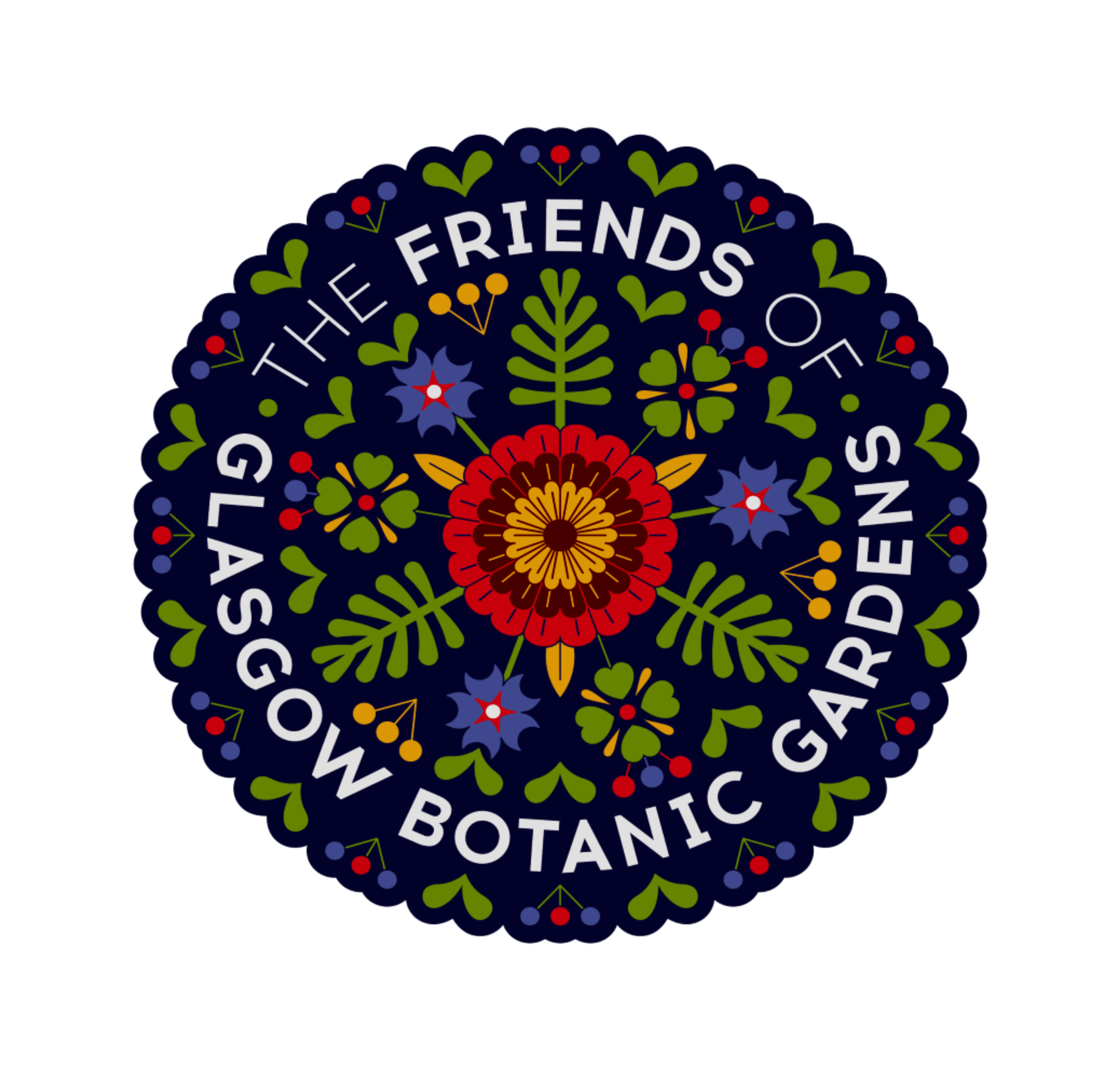Black Oak
Quercus velutina Lam.
- Native Range: Eastern areas of North America from Northern Florida to Michigan, Minnesota and Ontario.
- The bark was used to make a yellow dye called quercitron which was sold until the1940s when synthetic dyes became widely available.
- Within its native range large crops of acorns appear every two to three years. These are an important food source for wildlife including deer and turkeys. The trees are mature at 20 years old and the seed are primarily spread locally by squirrels and over a longer distance by blue jays.
- ‘Velutina’ refers to the velvety or hairy covering on the young buds and leaves.
- Native Americans used black oak to treat a wide variety of ailments including indigestion, chills and fevers.
- The hard, coarse grained timber is used in construction and fencing but due to numerous defects it is not as popular as other oaks for furniture or cabinet making.
The area in front of you was called Kirklee Triangle. However, it has been re-named ‘The North American Hillside’. During recent storms, many of the mature trees in this area were blown over giving us the opportunity to replant it with a geographical theme. North America is very important to Glasgow Botanic Gardens due to our association with the famous Scottish plant collector David Douglas. He collected many rare and fascinating trees and plants from North America. As you stand and look up the hill, you will see a wide variety of tree species. At the base are trees that grow at sea level and as you climb up the hill the altitude gets higher until you reach the conifers which can be found at the highest point on a mountain, known as the tree line.
Kelly, J., (1995) Hillier’s Gardeners Guide to trees and shrubs, David and Charles
Bean, W.J., (1989), Trees and Shrubs Hardy in the British Isles (8th edn) John Murray London
IUCN red list at www.iucnredlist.org
